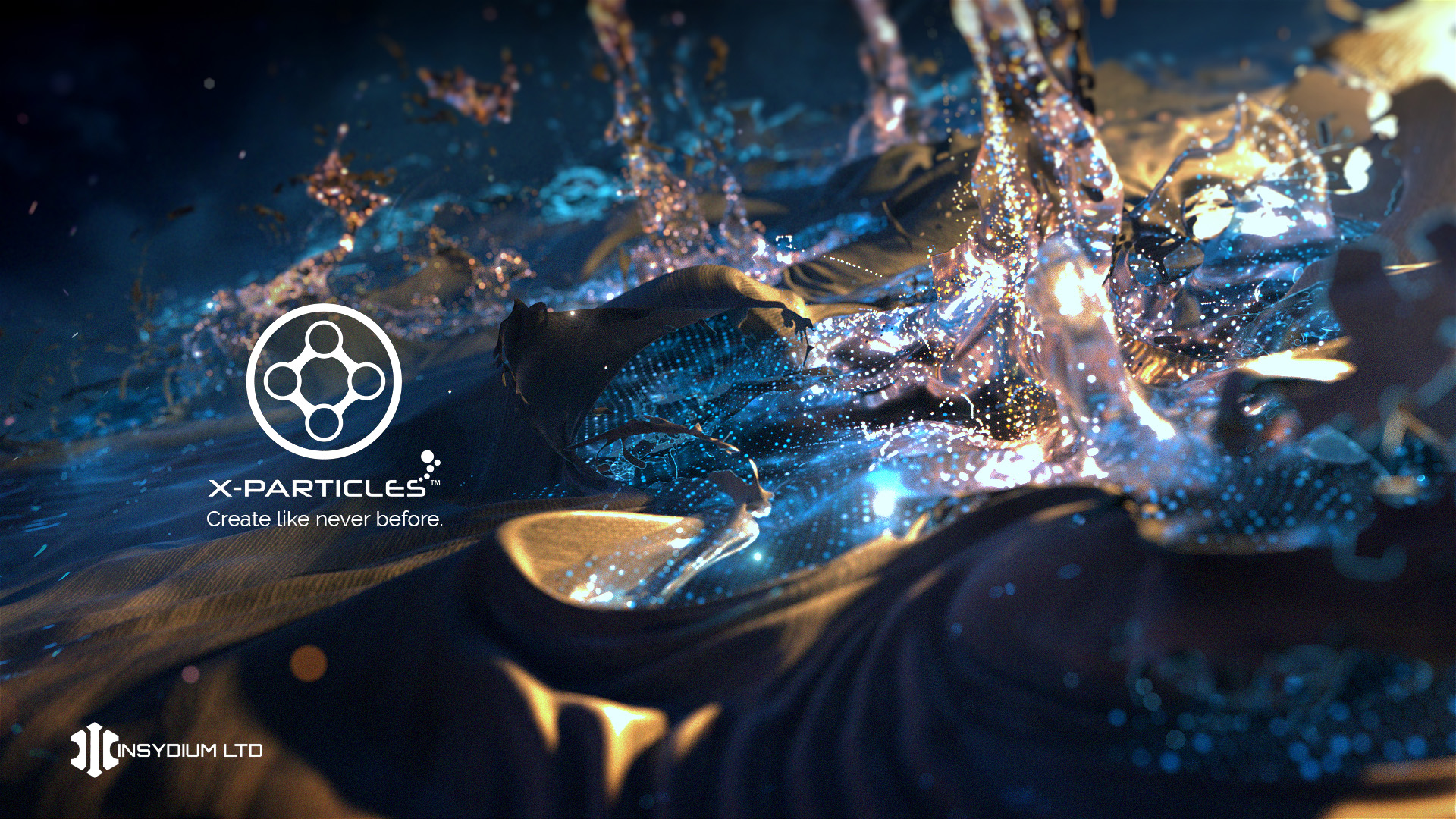

Setting up multi-pass rendering for still imagesĬhapter 11. Refining and previewing a camera movement Understanding the differences between the Editor Camera and a camera object Understanding how lights work in the 3D worldĪdjusting falloff to limit how light affects objectsĬreating a simple three-point light setupĬontrolling what happens in between keyframes using the F-Curve ManagerĬopying keyframes to create an animated pauseį-curve exercise: Bouncing a ball down stairs Using selection tags to apply materials to part of an object Using Deformers to Modify ObjectsĬreating materials: Reflective surfaces / shiny surfacesĬreating materials: Rough surfaces / bumpy surfaces Organic modeling: Adding the finishing touchesĬhapter 5. Organic modeling: Creating a simple model Organic modeling: Setting up a scene and reference images Organic modeling: Creating a HyperNURBS object Understanding the basic components of 3D objects: Points, edges, and polygonsĬlosing and connecting geometry with the Create Polygon and Bridge tools

Selecting and transforming points on a splineĮxtruding and organizing paths from Adobe Illustrator Using the Attribute Manager to modify object attributesĬreating a basic model with primitive and null objects Understanding object categories: Comparing active and passive objects Creating and Understanding Objects: Hierarchical RelationshipsĮxploring the importance of object hierarchyĬreating, selecting, and transforming objects Navigating using a three-button mouse and keyboard shortcutsĬhapter 2. Clarifying the differences between 2D and 3D


 0 kommentar(er)
0 kommentar(er)
